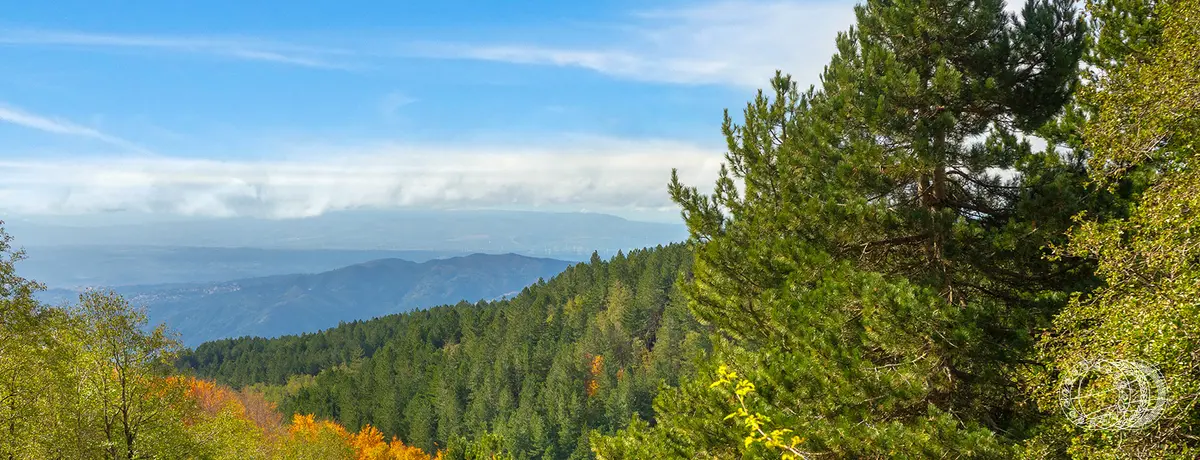Sea caves to be visited in Calabria
Itinerary for snorkelling enthusiasts, among Tyrrhenian sea caves

Naturalistic
Grotta dello Stazzanese, Ricadi - Regione Calabria
Travel information
Category
Naturalistic
Target
Friends/Single,Couple
Are you passionate about marine exploration, from snorkelling to speleology?
We suggest a nature itinerary to discover the sea caves to visit in Calabria, along the Tyrrhenian coast between the Riviera dei Cedri and the Costa degli Dei.
We have selected for you some of the most evocative sea caves in terms of colours, rock formations and the scenery in which they are set.
Come and discover them by sailing, swimming or walking along the breathtaking paths along the cliffs, the same ones where the most daring can practice coasteering in Calabria.

Blue Cave and Lion Cave

Rizzo Caves

Palombaro Cave
Stazzanese Cave
You might be interested in
Last update: Dec 17, 2025 9:27 AM



